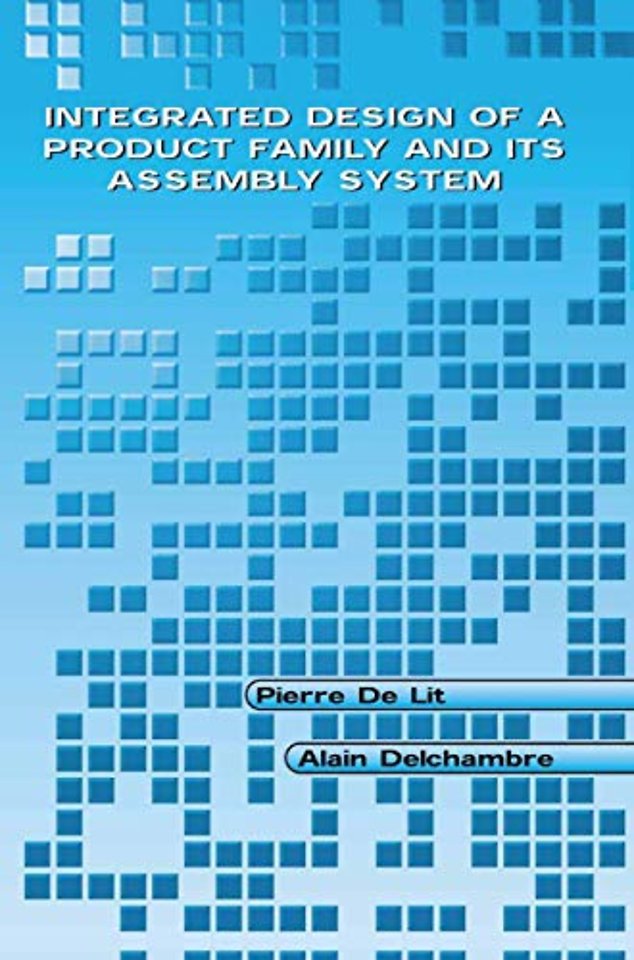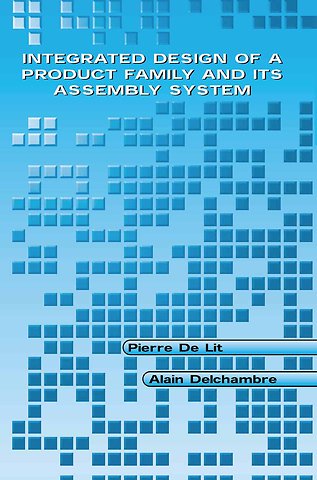Integrated Design of a Product Family and Its Assembly System
Paperback Engels 2012 9781461350668Samenvatting
Integrated Design of a Product Family and Its Assembly System presents an integrated approach for the design of a product family and its assembly system, whose main principles consider the product family as a fictitious unique product for which the assembly system is to be devised. It imposes assembly and operation constraints as late as possible in the design process to get liberties in the system design, and adapts the product family at each design stage to integrate the new constraints related to the successive design choices.
Integrated Design of a Product Family and Its Assembly System is an important, must-have book for researchers and Ph.D. students in Computer-Integrated Manufacturing, Mechanical Engineering, and Manufacturing, as well as practitioners in the Design, Planning and Production departments in the manufacturing industry. Integrated Design of a Product Family and Its Assembly System is also suitable for use as a textbook in courses such as Computer-Aided Design, Concurrent Engineering, Design for Assembly, Process Planning, and Integrated Design.
Specificaties
Lezersrecensies
Inhoudsopgave
Rubrieken
- advisering
- algemeen management
- coaching en trainen
- communicatie en media
- economie
- financieel management
- inkoop en logistiek
- internet en social media
- it-management / ict
- juridisch
- leiderschap
- marketing
- mens en maatschappij
- non-profit
- ondernemen
- organisatiekunde
- personal finance
- personeelsmanagement
- persoonlijke effectiviteit
- projectmanagement
- psychologie
- reclame en verkoop
- strategisch management
- verandermanagement
- werk en loopbaan

